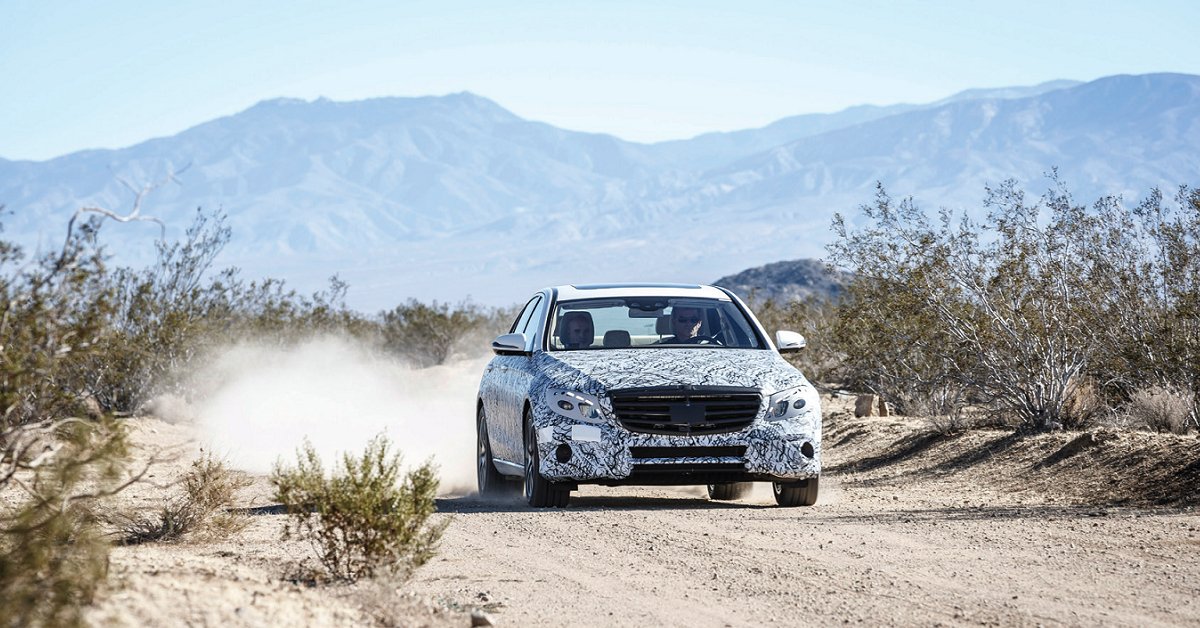

Thermal stratification was observed along the GT depth for which the rectangular HX showed greater potential for thermal recapture from the high temperature kitchen wastewater. The planar HX equipped GT was first experimentally investigated and subsequently examined in more detail using 3D numerical analysis. Two designs of thermal recovery units comprising a planar and rectangular coil type heat exchanger (HX) were assessed individually to compare their thermal recovery capabilities. A GT was integrated with heat recovery unit and is referred to as a hybrid GT system.

The present research examines heat recovery from commercial kitchen grease traps (GT) as a means of reducing the net energy requirement of commercial hot water use in food related activities. To meet these targets, the scientific community has been proposing new technologies to improve energy conversion efficiency of renewable energy powered thermal systems. The European Union declared wastewater as a renewable energy source in its Green Deal.


 0 kommentar(er)
0 kommentar(er)
